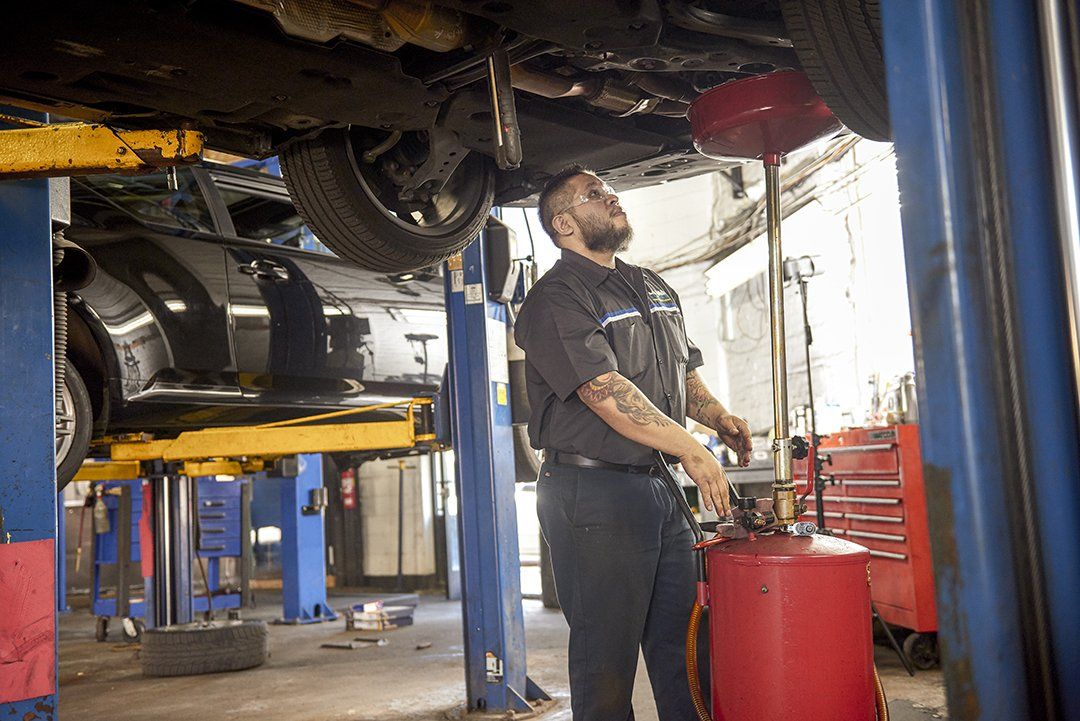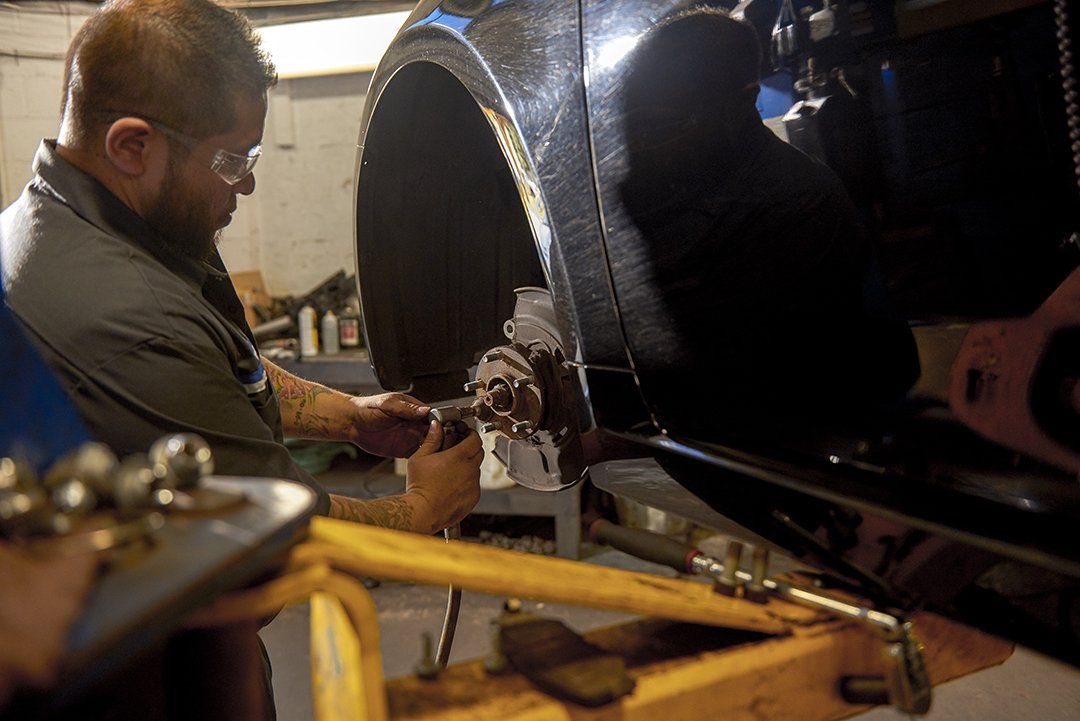Modern lorries often come furnished with either Four-Wheel Drive (4WD) or All-Wheel Drive (AWD) systems, both developed to enhance grip and control. While they serve similar purposes, their applications and performances differ.
4WD systems, typically located in trucks and SUVs, are crafted for off-road conditions and heavy towing. They allow chauffeurs to switch between two-wheel drive (2WD) and 4WD modes, giving versatility based on terrain and driving needs. This adaptability makes sure optimal efficiency whether navigating city roads or sturdy routes. Nonetheless, the included elements in 4WD systems can cause boosted upkeep demands and potential for repair work.

AWD systems, on the various other hand, are generally located in sedans, terminal wagons, and sports cars. These systems automatically disperse power to all 4 wheels, boosting traction in numerous driving problems without vehicle driver intervention. While AWD supplies improved dealing with and stability, specifically in damaging weather condition, it also introduces extra mechanical complexity, which might necessitate extra regular maintenance.
Regular inspections and upkeep are important for both systems to make certain longevity and reliability. Elements such as differentials, transfer situations, and hubs should be consistently inspected by certified experts. Proper maintenance not only prevents expensive repair services but additionally makes certain that your vehicle executes optimally, no matter the driving conditions.

Check for more info at Logan Square Auto Repair - Four-Wheel-Drive System Service & Repair Facebook Youtube Instagram
Navigation
Latest Posts
Unlock Luxury with Exclusive Incentives at Friendly Lincoln While Offers Last
Heartland Chevrolet INC
Discover the Hyundai of Albany Owners Guarantee Advantage